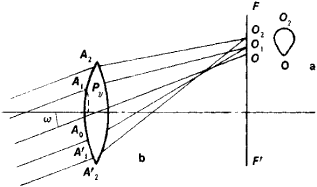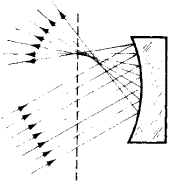coma
1coma
2coma
(koh -mă)See also head.
coma
[′kō·mə]Coma
a life-threatening condition characterized by loss of consciousness, severe decrease or absence of reaction to external stimuli, extinction of reflexes (to the point of complete disappearance), disturbance of the depth and frequency of respiration, change in vascular tonus, acceleration or deceleration of the pulse, and upset of temperature regulation.
Coma is a consequence of deep inhibition in the cerebral cortex extending to the subcortex and lower sections of the central nervous system, as a result of acute disruption of blood circulation in the brain, head injury, inflammation (encephalitis, meningitis, malaria), intoxication (barbiturates, carbon monoxide), diabetes mellitus, uremia (urémic coma), and hepatitis (hepatic coma). In addition, there is disruption of the acid-base equilibrium in nervous tissue, oxygen starvation, disturbances of ion exchange, and energy starvation in the nerve cells. A precomatose state, during which the symptoms indicated develop, precedes coma. The condition can be treated by eliminating the primary causes of the coma and taking measures aimed at restoring the acid-base balance, reversing collapse, restoring respiration, and combating oxygen starvation.
Coma
an aberration of optical systems in which each part of the system at a distance d (circular zone) from the axis gives the image of a luminous point as a ring with a radius that increases as d increases; the centers of the rings are not coincident, so that their superposition, that is, the image of the point produced by the system as a whole, takes the form of an asymmetrical, diffuse spot (see Figure 1).

The size of this spot is proportional to the square of the aperture angle of the system and the distance of the point-object from the system’s axis. The coma is very large with parabolic mirrors; it is, in fact, the principal factor limiting their visual field (see Figure 2). In complicated optical systems, coma is usually corrected together with spherical aberration by matching lenses. If one of the lens surfaces is off-center when a system is assembled, coma will also distort the images of points located on the system’s axis.

Coma
a tuft of simple or pinnate hairs at the apex or base of the seeds of certain plants, for example, the willow herb. The coma is an outgrowth of the seed coat, or testa. It promotes distribution of seeds and fruits by means of wind, water, and animals.
